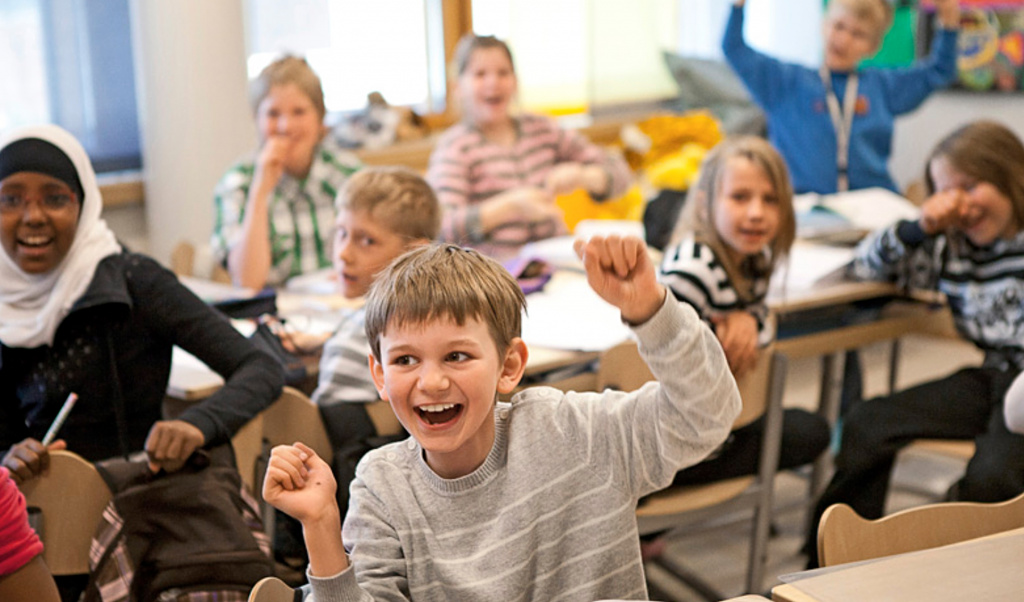
Educational inequality is a complex issue to solve… ‘that is precisely why the Fair Education Alliance exists’ says Sam Butters, CEO of the Fair Education Alliance. ‘We are a coalition of almost 100 businesses, education institutions, social enterprises and unions. All our members have one thing in common: in their own work they are committed to tackling educational inequality but we also recognise that alone we will not be able to drive the change needed’.
We are in the midst of a social mobility crisis. Young people from disadvantaged backgrounds start their education eight months behind their wealthier peers and only fall further behind as they progress through each stage of their education. They are also more likely to suffer from ill mental health and are four times as likely to be permanently excluded. Not only do we have a moral imperative to rectify this, there is also an economic imperative. If we carry on down this road, the UK will cease to be competitive on a global stage.
This is not a new story and it is one that many practitioners and policymakers have been for many years working hard to address, and they continue to do so. We have increasing amounts of research and evidence about solutions that work and increasing amounts of examples where this is being put into practice to enable young people from disadvantaged backgrounds to beat the odds and fulfil their potential.
Indeed, the Social Mobility Commission’s latest State of the Nation report (2017) highlights the success of many recent initiatives:
“local policies adopted by local authorities and employers can positively influence outcomes for disadvantaged residents. Two decades ago, London’s state schools were routinely described as the worst in the country. Now they are the best. The education attainment of disadvantaged children has dramatically improved thanks to initiatives like London Challenge and the combined efforts of local councils, teachers and governors. Similarly, until recently, the North East had some of the worst careers advice in the country. Today, it is leading the way on good-quality careers advice – a consequence of collaborative efforts to improve performance.”
This raises two key messages. Firstly, the positive: this is not a bleak situation. Educational inequality is not an inevitability and we can create the conditions for young people from all backgrounds to live happy, healthy, thriving lives. Secondly, the slightly harder message – educational inequality is a complex issue. Too complex for one organisation, institution or even one government to solve in isolation. Yes, we can solve it, but we need to unite, act intentionally and strategically and most importantly, together to drive the changes needed.
Our members collectively own five Fair Education Impact Goals: to close the gap in literacy and numeracy, in GCSE attainment, in careers and post-16 education, in University access and in social and emotional skills and wellbeing – all areas where the gap between the most disadvantaged young people and their wealthier peers is damagingly wide.
